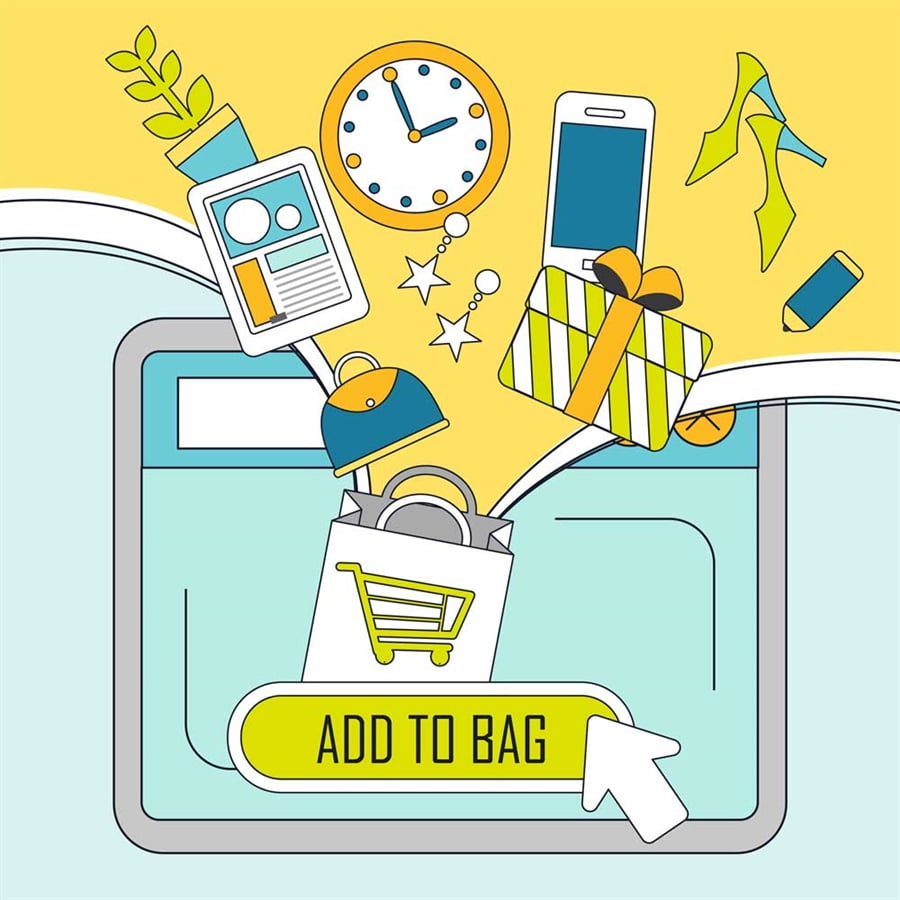Published April 30, 2019
Updated June 1, 2021
The online portion of the Consumer Packaged Goods (CPG) industry has been on a rapid and steady rise for the past five years. First, let’s define what CPG is.
What is CPG?
CPG, Consumer Packaged Goods, also known as fast-moving consumer goods, are products that are used daily by average customers, sold quickly at a relatively low cost and are regularly replaced frequently. Examples of consumer packaged goods are food, beverages, cosmetics, clothes, household cleaning products, toiletries and more.
How is CPG Doing?
Online revenue increased five times since 2013 and three times since 2016. These statistics indicate all is well in CPG sales online. The reality is online sales compared to total sales are still below 5 percent, which is far from the average and levels of other industries.
Why is CPG lagging other industries?
Part of the reason why CPG is lagging behind other industries is that retailers are beginning to own the customer relationships, not CPG companies and their brands. Retailers continue to push brands, price points, and costs, leaving CPG companies scratching out profits as best they can. Private label products also continue to compete against CPG companies on store shelves. In fact, consumers are gradually shifting their support of private label products from brands. Amazon Prime labels are now dominating some product categories such as apparel, where they have gained significant market share.
CPG vs Private Label
CPG companies are also under attack by private label brands online. Hundreds of small online companies are niche by niche attacking the established brands of CPG companies. These small companies are selling a small SKU base of products online, which directly compete with major brands of the large CPG companies. CPG firms are spending considerable money on marketing and advertising without getting the return on product sales. The retail and online markets are highly competitive. New consumers are looking for different products than those of a generation earlier.
What can CPG Companies Do?
What CPG companies can do to combat these small online players is to build a strong eCommerce strategy that addresses shortcomings in their pricing and delivery practices. Focus is needed on the right products being offered in the right ways to the market to gain a competitive advantage. Product development and deployment must be a top priority at large CPG companies. The new consumer is interested in having a unique experience and this must carry over and be an integral part of online purchasing. Therefore, CPG companies must update their supply chains, technology, and processes, in order to increase their share of the growing online market.
Looking Outside
If this level of investment and resource is not available, then CPG companies need to find partners who provide the missing elements of their online strategy. Logistics focused firms exist to help CPG companies expand their reach with a distributed network of fulfillment facilities in the best population centers, to get their product to consumers quickly, at a low cost and with a high degree of accuracy.
CPG Strategy
The strategy we suggest for larger CPG companies is to:
- Develop an overall online strategy with consideration of internal supply chain capabilities.
- Evaluate gaps in your capabilities and the needs of the supply chain and technology platforms.
- Seek a partner or partners to fill the gaps.
- Execute quickly to meet the changing needs of consumers.
- Continuously improve to stay ahead of the curve.
The projected growth in online retail sales is far in excess of double digits a year. For larger CPG firms to get their share, they must actively strive to use their brands and all resources that are available to them to push the envelope. They must become faster moving and more agile. The best solution could be a partner who brings supply chain, technology, and process expertise in the eCommerce market to them.
More Resources



